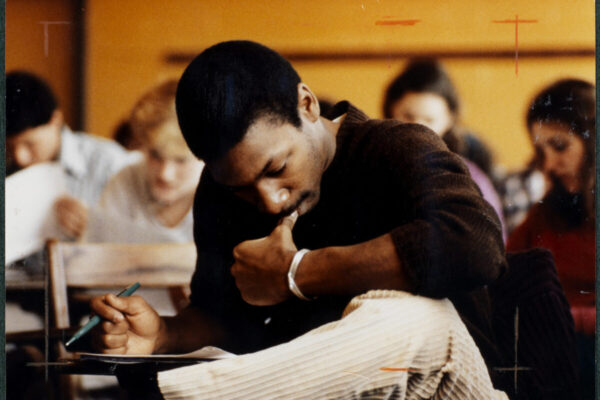Diversity Is Not Enough. Inclusion Is the Key.
By Gailda Pitre Davis
Often we use diversity to discuss broad numbers of individuals within varying affinity groups—our campus is considered diverse if we have X number of African American students, Y number of female administrators, and so on.
However, inclusion is less about representation and more about the environment in which we operate. Inclusion, simply stated, is about a sense of belonging that one or a group of individuals feels when able to participate in the majority culture on campus as valued members. This was the focus of the ACE/National Association of Diversity Officers in Higher Education Joint Session at ACE2017 entitled “Campus Leaders Creating Healthy Campus Climates.” How do we create environments where all students, faculty, and administrators feel welcomed and included at our institutions?
Here are a six critical points from the discussion.
- Use your voice. Use your platform as a leader to advance inclusion and diversity every chance you get. Speak up for those who may not have a seat at the table and use your voice to represent those who might otherwise be forgotten in critical conversations.
- Model inclusive leadership. Exercise empathy and authenticity with everyone at your institution, operating from a space to understand varying perspectives and establish trust.
- Communicate, communicate, communicate. When there is an incident that might negatively impact your inclusion efforts, your campus is watching and waiting for a response. As panelist Kim Schatzel, president of Towson University (MD) stated, there are times when “silence is NOT golden, I assure you.”
- Create spaces for open dialogue and discussion, but remember that sometimes leaders just need to listen. Focus on understanding and determining solutions, not on defending the institution or your own actions. This creates a framework for sustained dialogue and sets the foundation for students to become, as one panelists termed, scholar-activists.
- Support faculty and administrators in understanding their role in creating an inclusive environment and how best to engage in difficult dialogues with students. Consider the types of teaching that may be needed for faculty and administrators to be comfortable in approaching challenging topics associated with inclusion, and seek opportunities to provide this.
- Meet students where they are. We have to keep in mind that as human beings we are all growing and developing. Knowing this requires us to sometimes slow down and see things from other perspectives before we can determine how best to help our students grow or address challenging situations.
Although not an exhaustive list, these tips can help campus leaders establish visible, ongoing and sustained efforts towards creating inclusive environments. We must not just be reactive, responding when an incident occurs, but we have to be proactive in our work to truly create healthy campus climates for everyone.

If you have any questions or comments about this blog post, please contact us.


